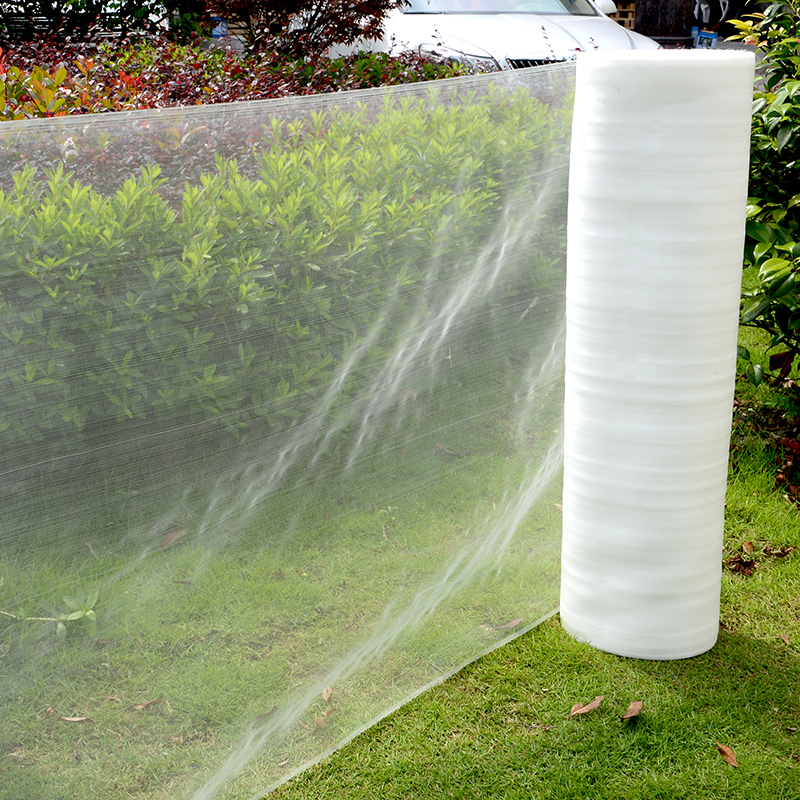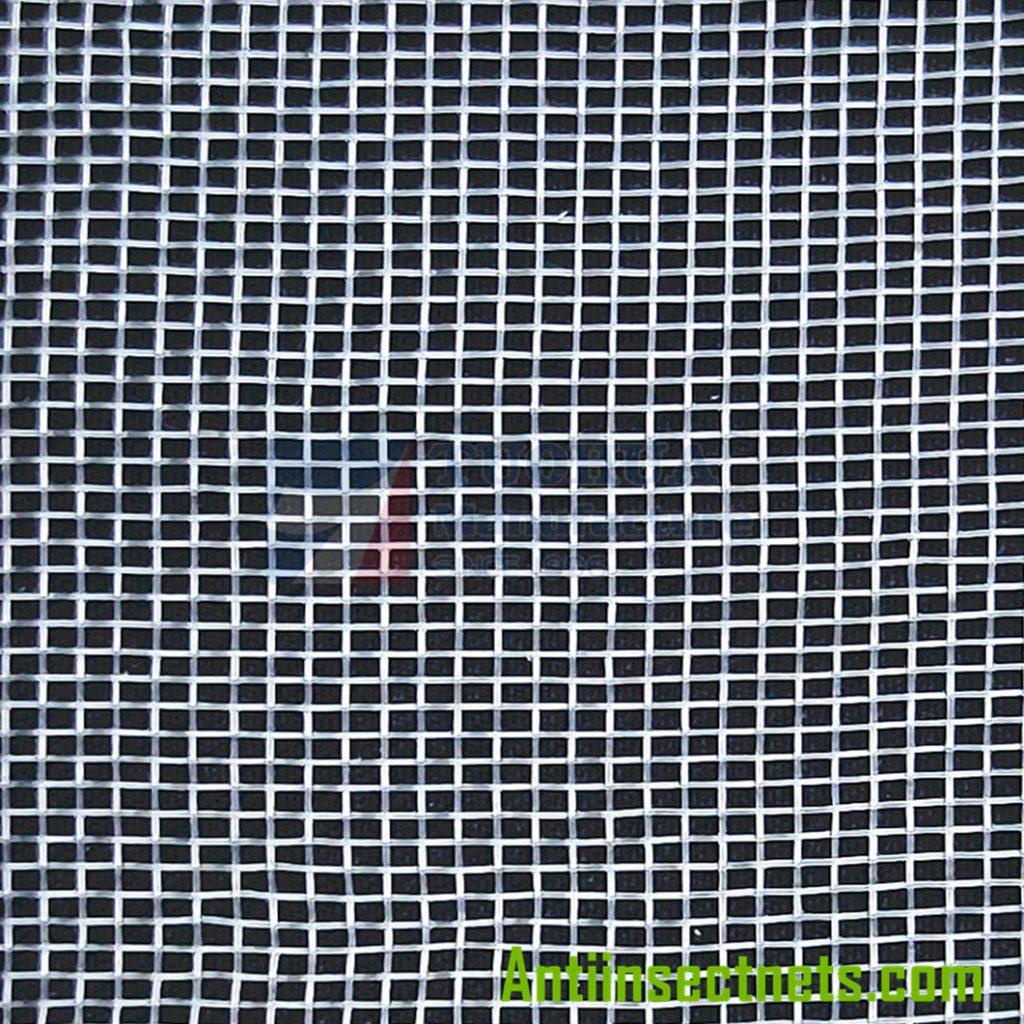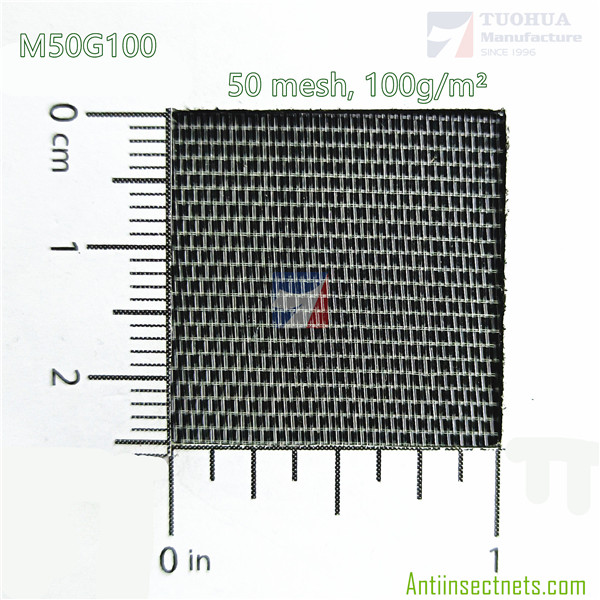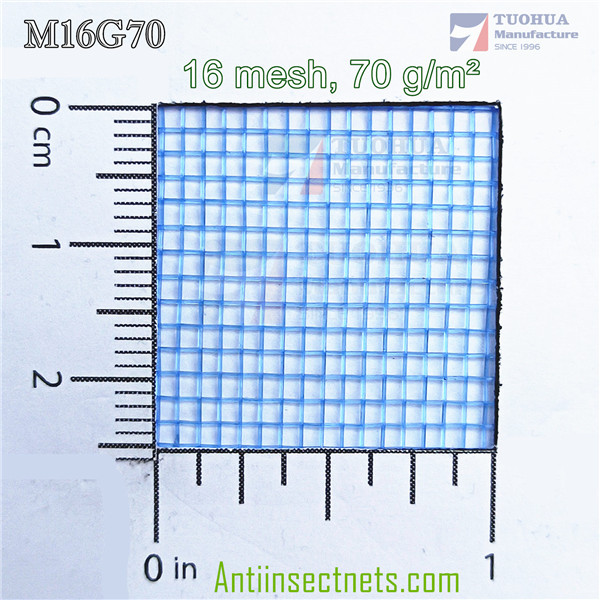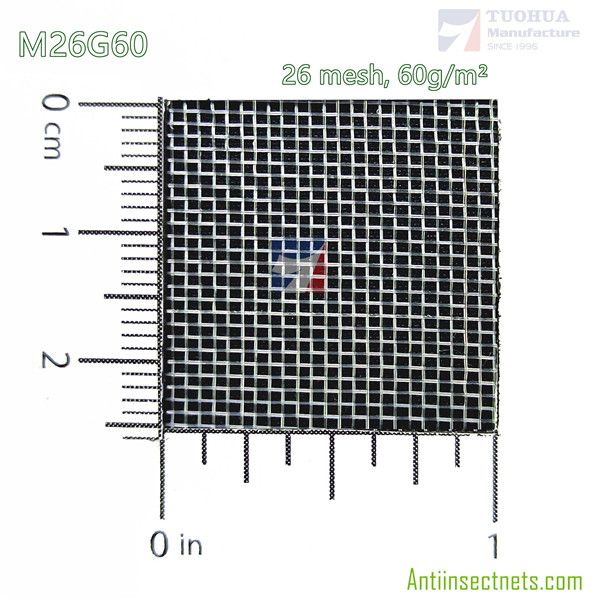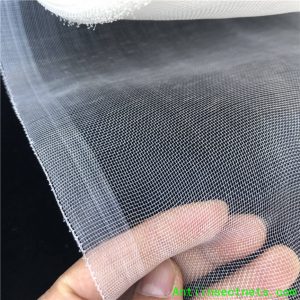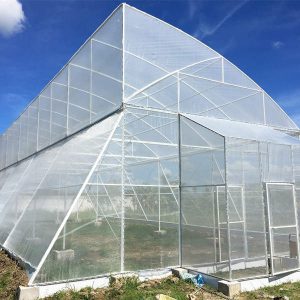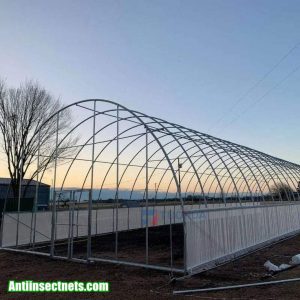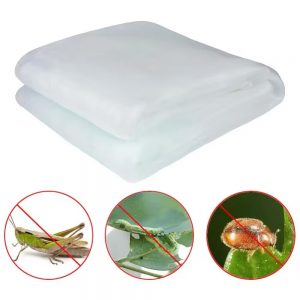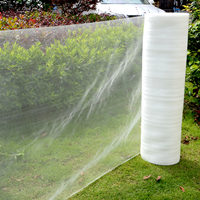Applications of differences mesh number insect netting
Insect screen is a fabric with very fine mesh, usually made of high-density polyethylene.
It is made by drawing polyethylene into fibers and weaving or knitting them together. They are usually classified according to their mesh size. Commonly used mesh sizes are expressed in terms of the number of holes in one inch of width.
Commonly used mesh sizes include 16 mesh, 20 mesh, 30 mesh, and 50 mesh. In today’s article, we’ll take you through a guide to the applications and sizes of insect screens.
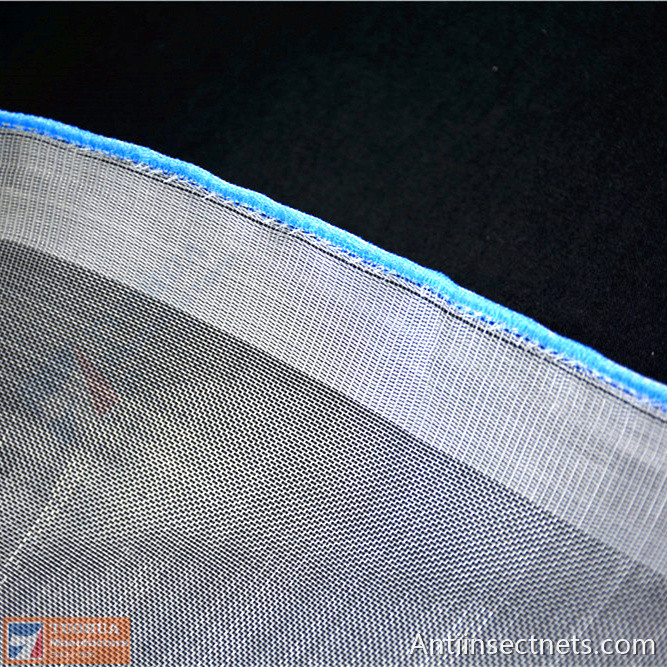
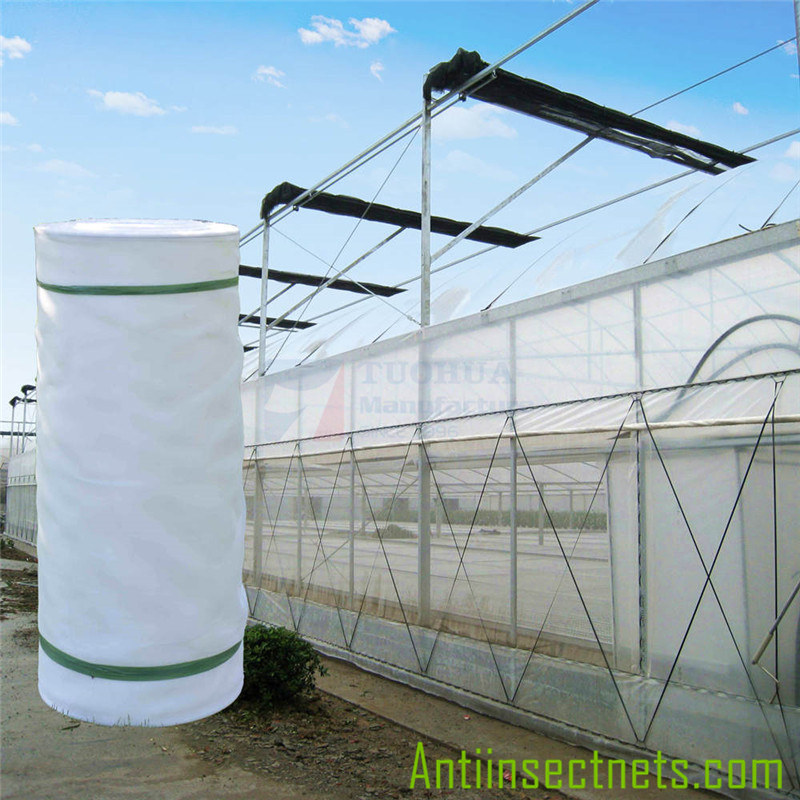
Table of Contents
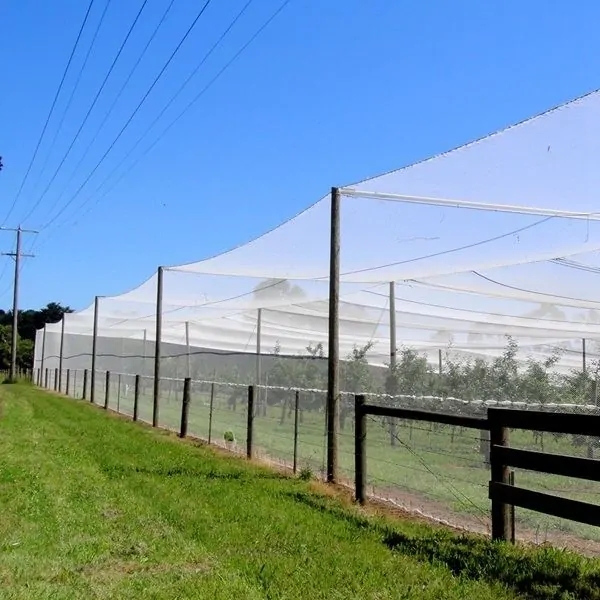
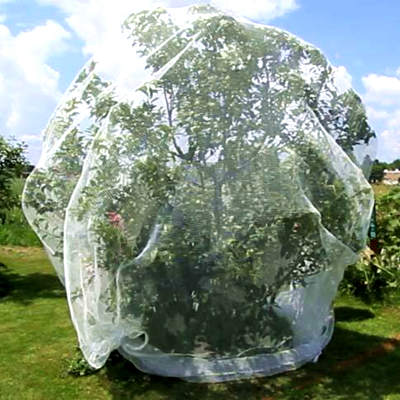
The important role of pest control netting.
In the production activities of agriculture, much of the labor is done by people struggling with natural conditions. People have to face various environments that plants need to grow.
Efforts are made to create an environment for their crops to grow, including soil, nutrition, humidity, light, air. And so on. In addition to this, there are many other difficult issues to face, including pest control, disease prevention, weed control, and so on.
Pest control nets are the wisdom of mankind in his continuous labor. By arranging pest control nets, we can reduce our labor and do it once and for all.
Next, we need to understand insect-proof nets.
- What is insect netting?
- What can insect screens do?
- What are the advantages and disadvantages of insect screens?
- How to choose the size of insect screen?
- What are the applications of insect screen?
- How to install it?
- How to choose a trustworthy manufacturer?
What is insect-proof netting?
Insect netting is a fabric that needs to be breathable, permeable, lightweight and, most importantly, effective at keeping pests out.
The insect screen we commonly use is a fabric with tiny mesh holes made of high-density polyethylene. It is the same type as our common window screens, but has a much finer mesh. With a minimum mesh size of 0.025mm, it can intercept even tiny pollen.
High-density polyethylene material is a high-strength plastic that provides high toughness and strength with very fine fibers. It is also able to provide a very long service life under UV light. As a result, insect netting is very tough, thin and light while providing good tensile strength and strength.
Insect screens protect plants and keep pests outside. Many pests, including aphids, flies, moths, lice, thrips, whiteflies, and leaf miners, attack plants. These pests can damage the shoots and roots of crops, feed on plant fluids, spread bacteria, and lay eggs and multiply. This can greatly affect the health of the crop and affect the yield and quality of the crop.
What can insect screens do?

Insect netting is a physical barrier to pests that protects against them. This is where it gets its name from. It is widely used in our agriculture and horticulture.
- 1, Insect netting can build insect-proof greenhouses to protect crops from pests.
- 2, Garden insect netting can provide protection for growing flowers, fruits and vegetables at home. Reduce the labor time of gardening.
- 3, Orchard insect netting can protect our grapes and blueberries from pests and birds at the same time.
- 4, Insect netting can provide protection against insects and birds, and also has a certain rate of shading to avoid sunburn of plants.
- 5, Insect screen can play a certain role of heat preservation and waterproof.
- 6, As a window screen, it can block mosquitoes and flies from entering the room.
More and more roles of insect screens are found and utilized in large-scale applications.
What are the advantages and disadvantages of insect screens?
Advantages of insect screen
The advantages of insect screen are so many that it is widely recognized.
- It can protect the plants from pests.
- It can reduce a lot of labor time with one investment and has efficient pest control effect.
- The cost effectiveness is obvious, and it is very cost-effective for large-scale application.
- Can be reused, because the use of polyethylene material, has at least 5 years of life.
- Available in a wide range of sizes. More choices of mesh holes and mesh sizes are available.
- Easy to install and abundant accessories.
- UV stable, no heat effect.
- Non-toxic and environmentally friendly, 100% recyclable material.
- Can reduce the use of pesticides, making plants healthier.
The use of insect-proof nets can greatly reduce the use of insecticides. The enrichment effect of insecticide is very terrible. Pesticides also cause environmental pollution.
These chemicals are very difficult to break down and are enriched in the soil. After years of use, the quality of plants deteriorates and human health is affected. Insect screens can effectively prevent this from happening.
Disadvantages of insect screens
The disadvantages of insect screens have been identified and effective countermeasures can be found.
Because the netting affects the air flow, the humidity under the netting increases, which increases the chance of gray mold and downy mildew on the plants. Also slugs and snails, insects with high humidity preferences, will be attracted.
You can avoid this problem by choosing a product with better permeability and pay attention to moisture control to avoid excessive watering resulting in high humidity problems.
How to choose the specification of the insect protection netting?
The size of insect screen is mainly the size of its mesh and the weight per unit area.
The size of the mesh depends on the plants you need to protect, not all pests will attack the same type of plants. Only by choosing the correct mesh can you provide more cost effective and protective results.
- Common orchards and vineyards require larger mesh sizes, such as 16, 17 or 20 mesh. The main insects facing orchards include wasps, flies and moths. These insects are attracted to berry plants.
- 25 mesh insect screen is usually used for the side openings of common greenhouses. It is effective in preventing tomato moths from entering the greenhouse. Usually multiple layers or folded nets are used at the greenhouse vents to increase the reliability of the nets and to increase the ventilation.
- For farms or polyhouses, insect screens are usually 50 mesh, which are resistant to lice, thrips, whiteflies and leaf miners.
- 40 mesh insect screen is usually used for vegetables such as peppers. It can be very effective against thrips, moths, and other pests.
- The higher the unit weight of insect netting with the same number of holes, the lower the ventilation performance and the higher the strength. You need to choose the right gram weight according to your service life. Microfiber is usually only suitable for those 1 year uses.
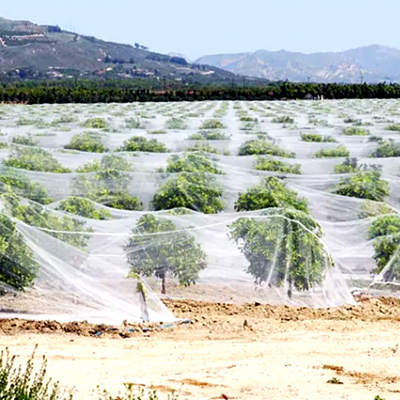
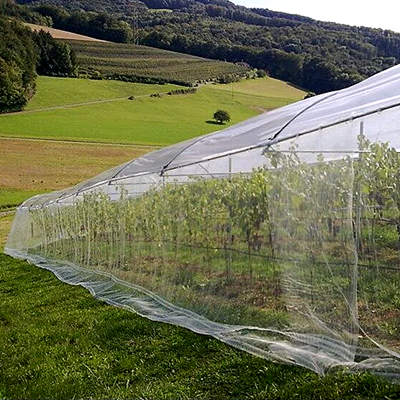
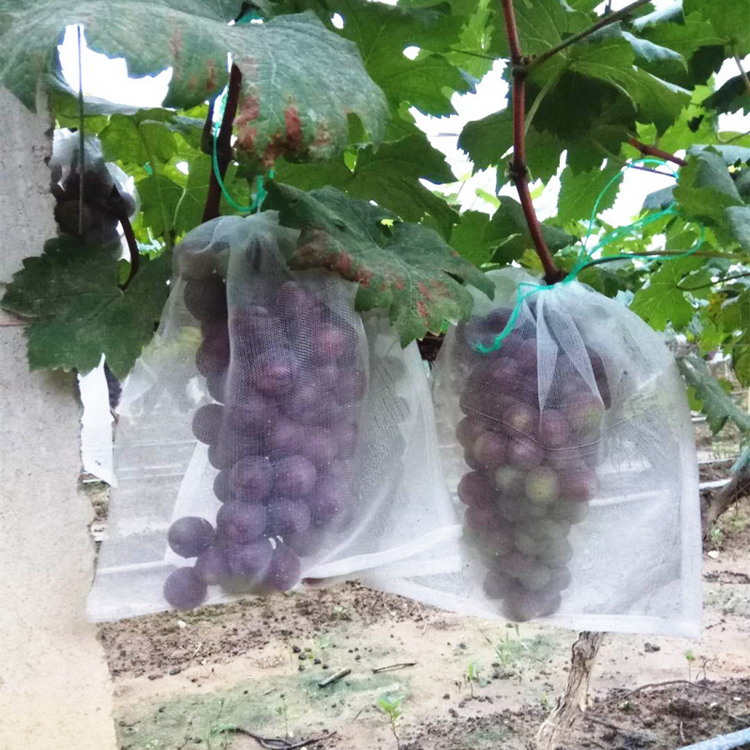
What are the common applications of pest control nets?
- Polyhouse Insect Screening, Polyhouse Insect Screening. It is usually a rolled product.
- Garden insect netting, usually in retail packages, smaller sizes.
- Orchard insect netting, orchard insect netting can be directly covered on the fruit trees.
- Insect protection bags, directly cover fruits or vegetables. Easy to install, good effect.
- Fruit tree bag, bagged insect protection net can directly cover a whole fruit tree or shrub.
- Fish farming, aquaculture. Can be used to build paddocks and aquaculture.
- Drying grain, drying rice on the insect-proof net, more clean, easy to operate, increase ventilation.
- Window screen, can be used as our common window screen, isolate flies, mosquitoes.
How to install the insect screen?
The installation of insect screen needs to pay attention to the following points.
- Use the insect netting as soon as possible after the plants germinate. Make sure there is no chance for pests to enter.
- Try to use support to provide enough space for plants to grow, and at the same time, it can increase air flow to avoid high humidity.
- Check after laying, if there are any holes. This will make the insect screen not work.
- Purchase a slightly larger size so that the bottom of the insect screen can be buried in the soil.
- After installation, do not move or open the insect screen.
The insect netting acts as a physical barrier to prevent pests from bypassing the netting and invading the plant. Because pests are very capable of reproducing, a very small number of invaders can cause very serious consequences.
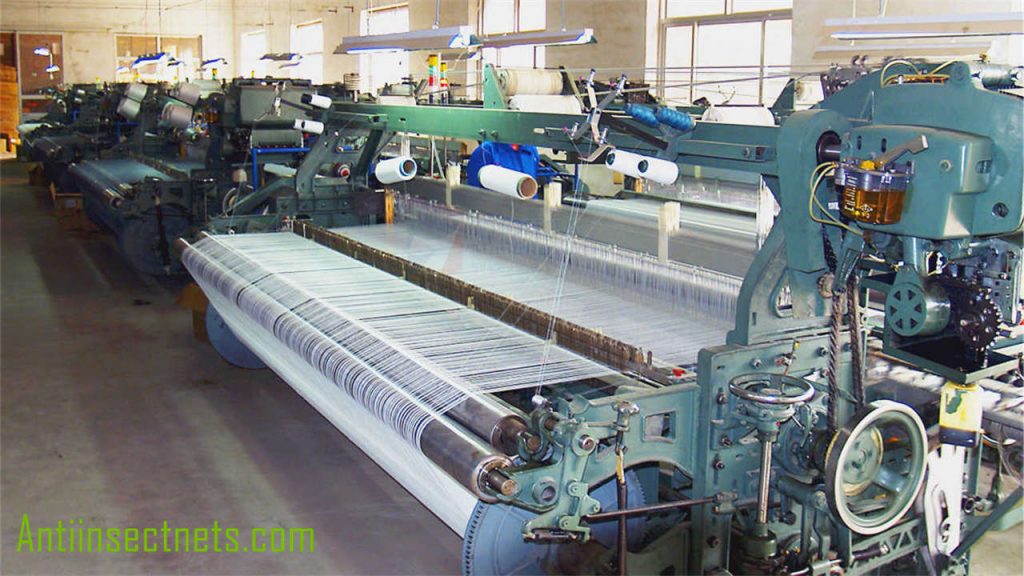
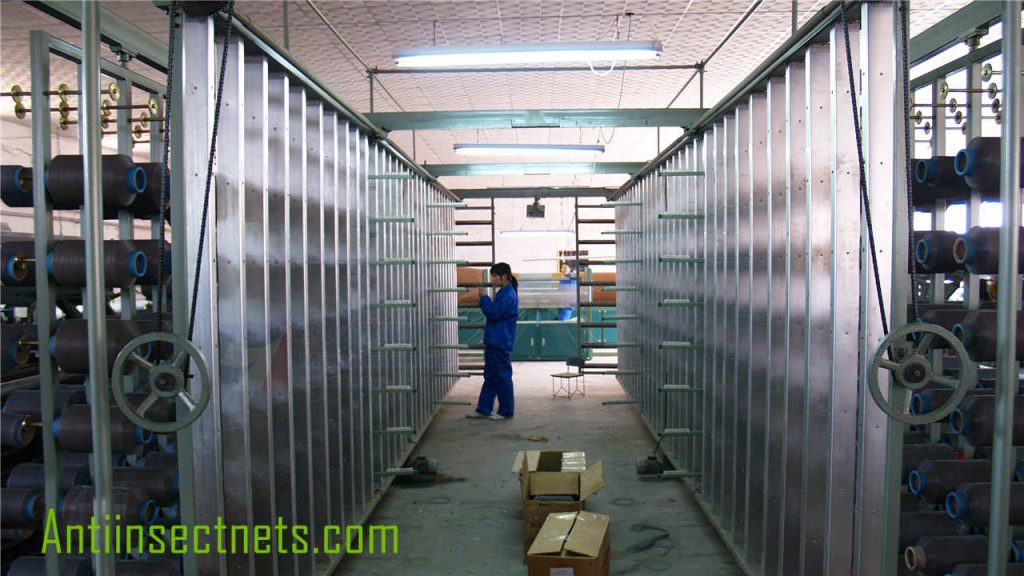
How to choose a trustworthy insect screen supplier and manufacturer?
Insect screen is very efficient, how to choose a reliable insect screen supplier and manufacturer, by the following points
- The right specifications. Many suppliers do not provide the specifications you need. And specifications are an important factor in determining cost and effectiveness. The right specification can provide efficient protection and at the same time can reduce your cost.
- Quality control, strict quality testing of raw materials, and quality management system to ensure the quality of products to be guaranteed.
- Price and expected service life. Reasonable price and long life expectancy are the advantages of the product.
- Manufacturer’s reputation and history. If you do not have purchasing experience, we recommend you to choose a brand and manufacturer that has been established for a long time and has a good reputation.
- Tuohua has a very strict management system and 23 years of manufacturing history. We are able to provide 3 100% guarantee for our products. Timely, reasonable and quality service is the key to success.
Conclusion
The guide on insect screens provides an overview of insect screens. Much of the content is the result of years of experience by those of us who are professional practitioners. We have helped many clients have successful experiences.
The use of insect screens reduces the use of harmful chemicals, pesticides. Pesticides are not friendly to our environment and our company mission is to reduce the use of pesticides and promote the conservation of the environment and nature.
In order to promote the wide dissemination of pest control network, we can share our experience for all our customers. If you have any needs and questions, please contact us.

